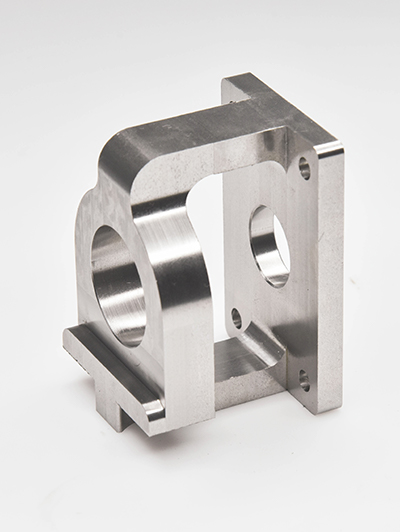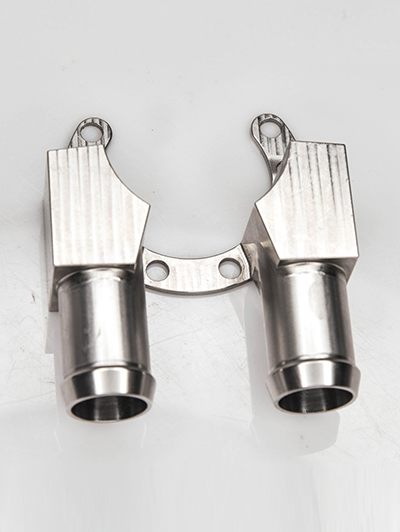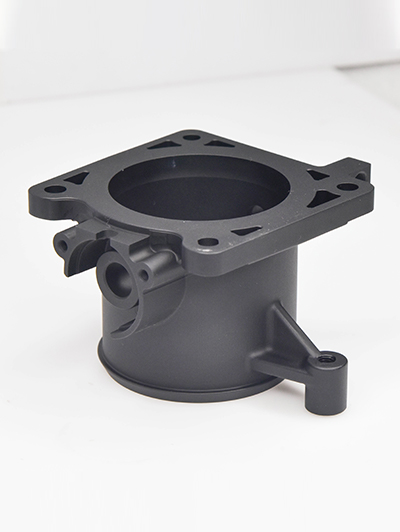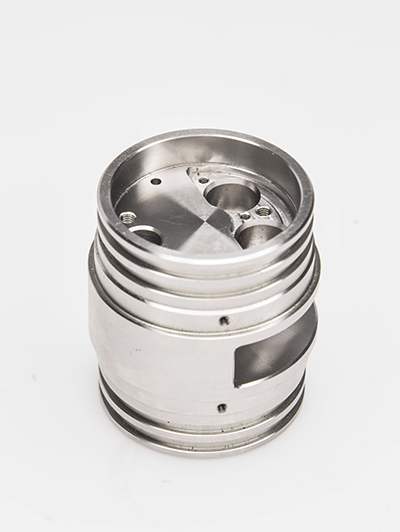Information
5-Axis Machining for Satellite Brackets_ Ultra-Precision Forming of Carbon Fiber Composites
5-Axis Machining for Satellite Brackets: Ultra-Precision Forming of Carbon Fiber Composites
In the modern world of aerospace engineering, the development of satellite systems requires components that are both strong and lightweight. One of the most critical components in this field is the satellite bracket, which needs to meet rigorous standards of precision and durability. To achieve these high standards, the use of 5-axis machining for carbon fiber composites has become indispensable. This advanced manufacturing process enables ultra-precision forming of satellite brackets, ensuring both strength and reliability for space missions.
The Importance of Satellite Brackets in Aerospace Engineering
Satellite brackets play a vital role in the structural integrity of satellite systems. They support various components, including antennas, solar panels, and propulsion systems, making them essential for the functionality of the satellite. To ensure these components withstand extreme environmental conditions, such as high radiation levels, temperature variations, and mechanical stresses, the brackets must be made from materials that offer both lightness and high strength.
Carbon fiber composites are often the material of choice due to their remarkable properties. They provide superior strength-to-weight ratios, corrosion resistance, and thermal stability, making them ideal for aerospace applications. However, manufacturing these complex shapes, especially for components like satellite brackets, requires a high level of precision that only 5-axis CNC machining can deliver.
Why Choose 5-Axis Machining for Satellite Brackets?
Traditional machining methods often fall short when it comes to the precision and complexity required in aerospace applications. This is where 5-axis CNC machining shines. Unlike 3-axis machines that operate on only three planes, 5-axis machines can work on five different axes simultaneously. This capability enables the creation of highly intricate and geometrically complex shapes, which are essential for the production of satellite brackets.
Benefits of 5-Axis Machining for Satellite Brackets:Enhanced Precision and Accuracy: With the ability to manipulate the material from multiple angles, 5-axis machining achieves higher levels of precision than conventional machining methods. This is critical for satellite brackets, where even the smallest deviation could lead to failure in space.
Complex Geometries: Satellite brackets often require intricate designs with tight tolerances. 5-axis machining makes it possible to manufacture these complex geometries, including curves, angles, and non-linear shapes, that are difficult to achieve using other methods.
Reduced Setup Time: Traditional machining techniques require multiple setups for each part, which can increase production time. With 5-axis CNC machining, multiple faces of the component can be worked on simultaneously, reducing the number of setups needed and speeding up the production process.
Improved Surface Finish: Carbon fiber composites require a smooth and flawless surface finish to ensure optimal performance. The precision of 5-axis machining results in better surface finishes, which is essential for the functionality and aesthetic appearance of the satellite brackets.
Material Efficiency: The precision of 5-axis machining reduces waste material, ensuring that the most of the composite material is used effectively, which is particularly important when working with high-cost materials like carbon fiber.
Ultra-Precision Forming of Carbon Fiber Composites
Carbon fiber composites, while lightweight and strong, are also quite delicate to machine due to their specific properties. When subjected to traditional machining processes, they can suffer from issues like delamination, cracking, or uneven material removal. 5-axis machining, however, ensures that the forces applied during the cutting process are evenly distributed, minimizing the risk of damaging the material.
Additionally, advanced CNC machines are equipped with specialized tools designed to handle the unique properties of carbon fiber. These tools help maintain the structural integrity of the material while achieving the fine details required for satellite bracket designs. The use of 5-axis technology in the machining of carbon fiber composites enables the creation of parts that meet strict aerospace standards while maintaining material strength.
Applications of 5-Axis Machining in Aerospace and Satellite Manufacturing
The use of 5-axis machining for carbon fiber composite satellite brackets extends beyond just improving production efficiency and quality. It allows manufacturers to create parts that can withstand the extreme conditions of space, including temperature extremes, radiation, and high mechanical stresses. The precision engineering of satellite brackets ensures that they hold up under pressure, supporting critical satellite components like propulsion systems and communication antennas.
Other aerospace applications, such as space exploration, drone manufacturing, and aircraft components, also benefit from 5-axis machining. The versatility of this manufacturing method is evident in its ability to adapt to different materials and requirements, making it a go-to process for producing high-precision aerospace parts.
Conclusion
In the competitive field of satellite manufacturing, where performance and reliability are paramount, 5-axis machining of carbon fiber composites offers a clear advantage. The technology ensures that satellite brackets are produced with exceptional precision, complex geometry, and flawless surface finishes—all while maintaining the strength and lightness required for space applications.
As the demand for more advanced satellites grows, so does the need for manufacturing techniques that can meet the stringent requirements of the aerospace industry. 5-axis machining is undeniably one of the most effective ways to meet these needs, providing ultra-precision forming that ensures the success and longevity of satellite systems in the harshest conditions.
For businesses involved in aerospace manufacturing, investing in 5-axis CNC machining is an essential step toward achieving the highest standards of quality and performance in satellite bracket production.
Enhancing Efficiency in Aerospace Technologies
1. Implementing advanced automation and robotics: By utilizing automated systems and robotics in aerospace technologies, tasks can be performed more quickly and accurately, leading to increased efficiency. This includes automated systems for manufacturing, inspection, maintenance, and handling of materials.2. Adopting digital twin technology: Digital twin technology allows for real-time monitoring and simul...
Cutting-edge Machining of Unique Materials
Advancements in technology have allowed for the cutting-edge machining of unique materials that were previously difficult to work with. This has opened up new possibilities for manufacturing industries, allowing for the production of components and products that were once thought to be impossible.One such material that has benefited from cutting-edge machining techniques is carbon fiber. Carbon fiber is a l...
Enhancing Efficiency in Aerospace Technologies
1. Implementing advanced automation and robotics: By utilizing automated systems and robotics in aerospace technologies, tasks can be performed more quickly and accurately, leading to increased efficiency. This includes automated systems for manufacturing, inspection, maintenance, and handling of materials.2. Adopting digital twin technology: Digital twin technology allows for real-time monitoring and simul...
Cutting-edge Machining of Unique Materials
Advancements in technology have allowed for the cutting-edge machining of unique materials that were previously difficult to work with. This has opened up new possibilities for manufacturing industries, allowing for the production of components and products that were once thought to be impossible.One such material that has benefited from cutting-edge machining techniques is carbon fiber. Carbon fiber is a l...
Shape accuracy detection
In addition to dimensional accuracy, the shape accuracy of the parts cannot be ignored. Detect shape errors such as roundness, cylindricity, and flatness of parts using equipment such as roundness meters and contour meters. For example, when processing high-precision bearing rings, the accuracy of roundness and cylindricity directly affects the rotational accuracy and service life of the bearing.
Dimensional accuracy testing
Using advanced measuring tools and techniques, such as coordinate measuring instruments, optical imagers, etc., to accurately measure the dimensions of parts. For precision parts, dimensional tolerances are usually controlled at the micrometer level, so high-precision measuring equipment is required to ensure the accuracy of the test results. For example, when processing precision molds for mobile phone chi...
- +86 13603025252
-

WhatsApp
- info@jiujucnc.com





